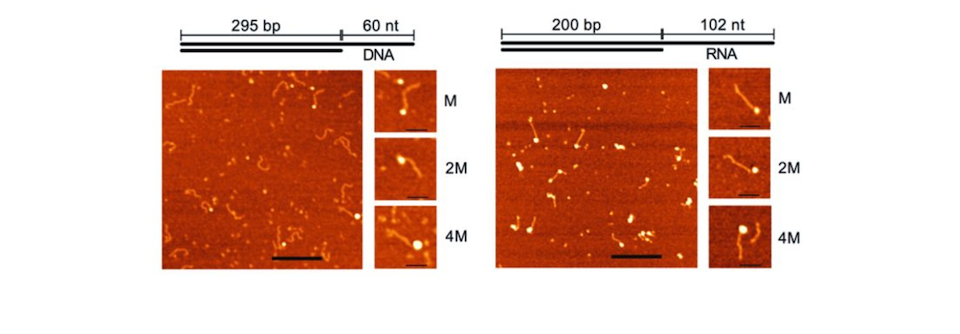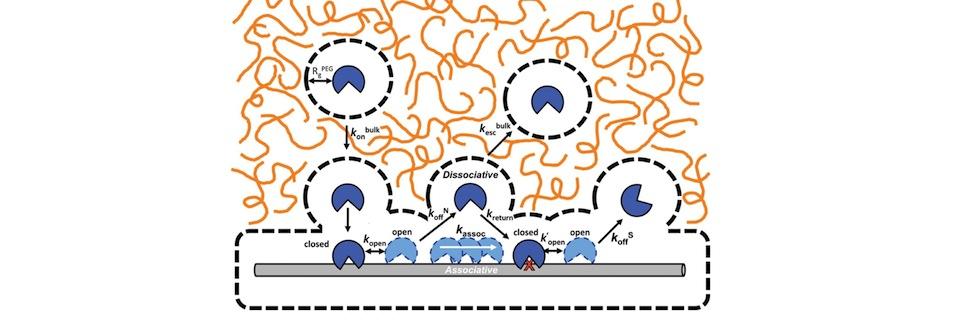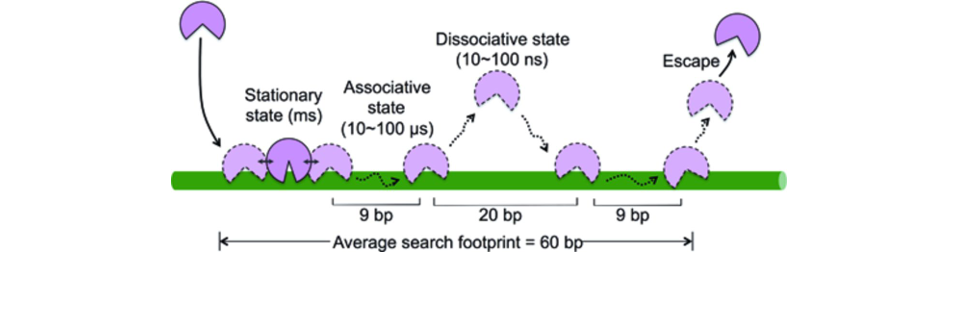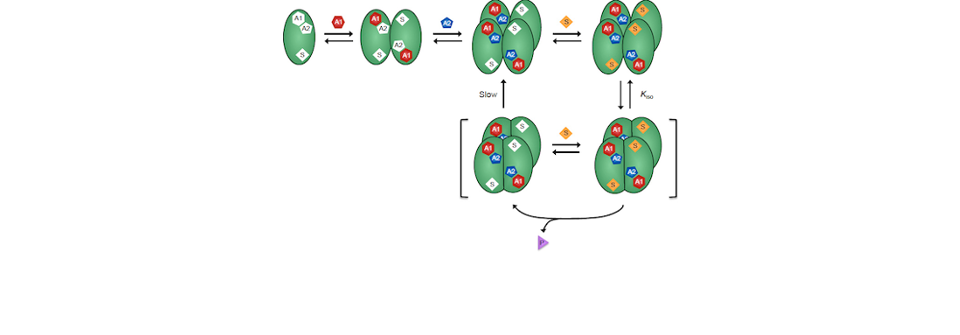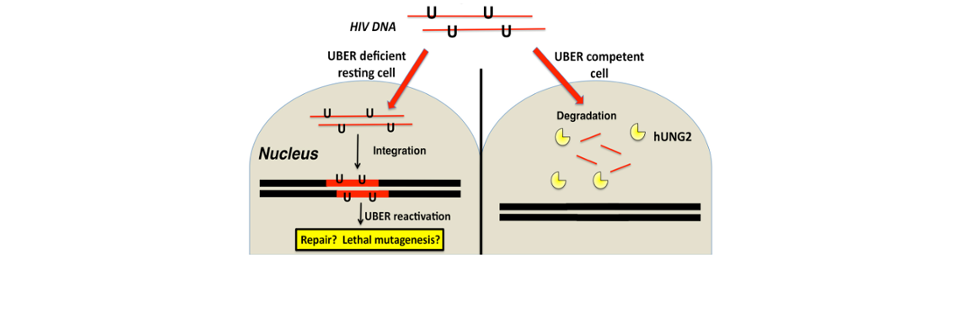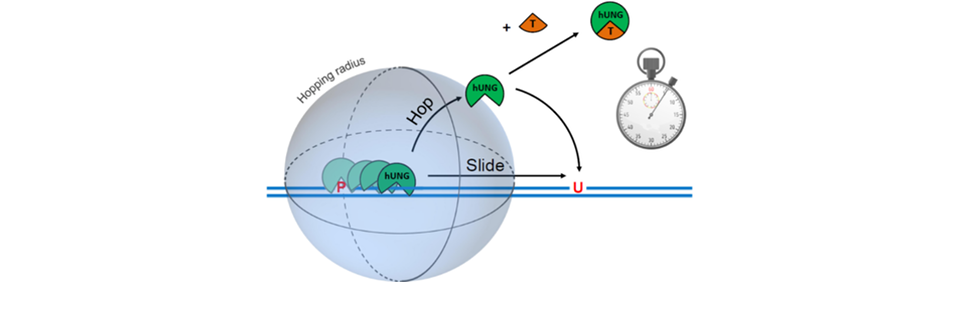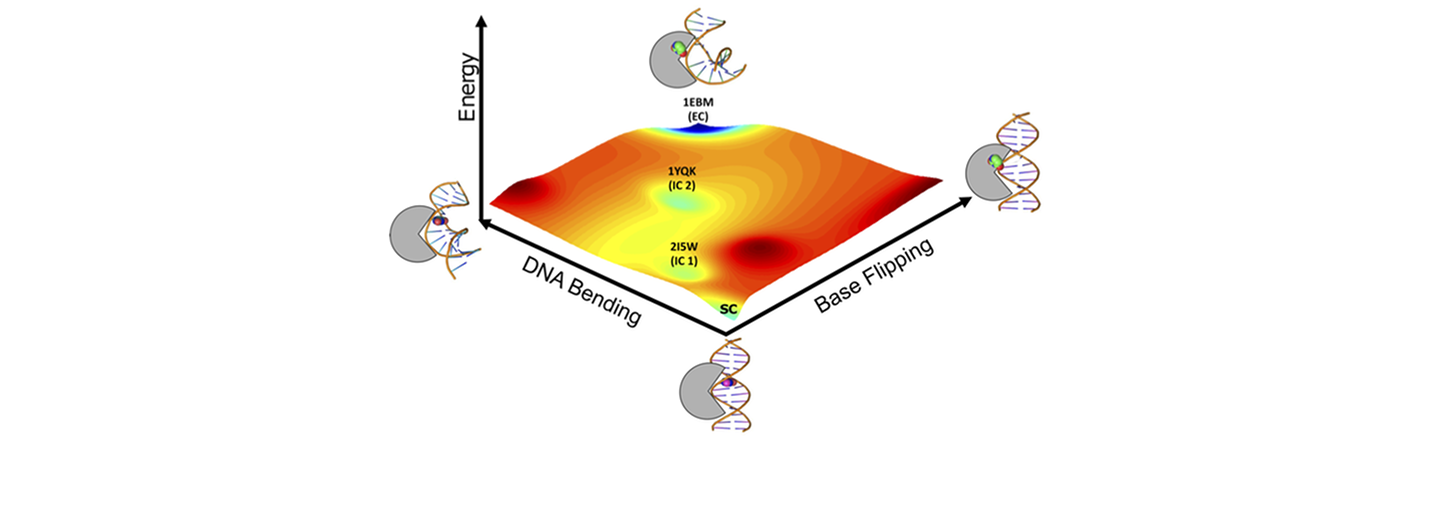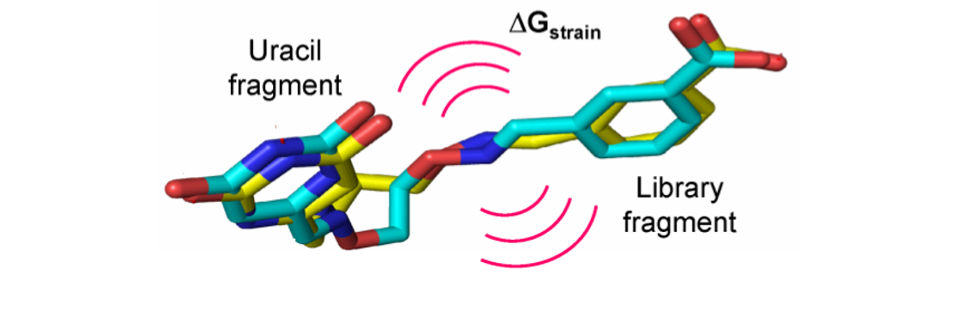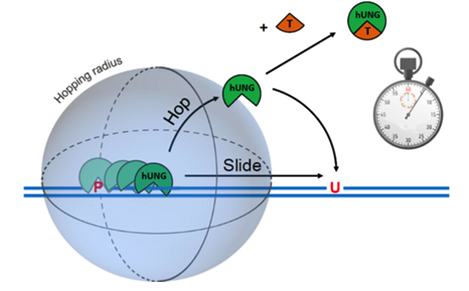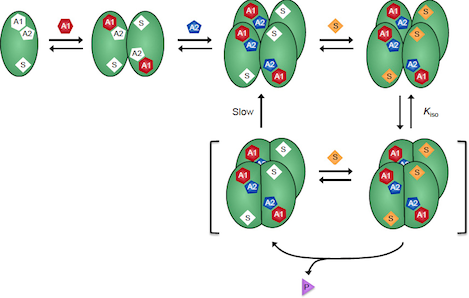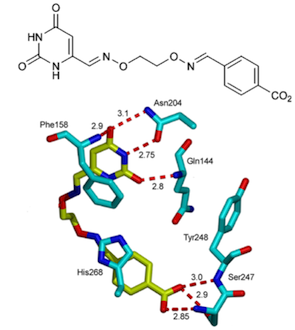Role of dUTP in Cancer Therapy and Innate Immunity
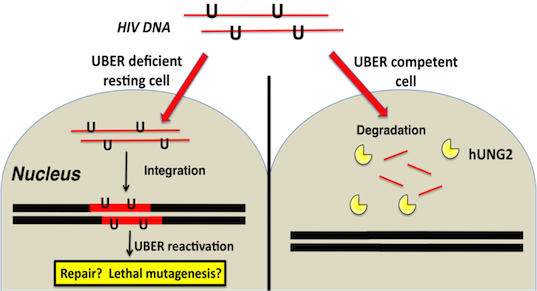
We are interested in how the simple nucleotide dUTP plays a role in the action of several antimetabolite drugs and how dUTP pool levels are used as an innate immune defense against viruses. We investigate the mechanisms for both of these uracil-centric problems using advanced biophysical and cell biology approaches. Our goal is to uncover new targets for antiviral and anticancer therapeutic development.
